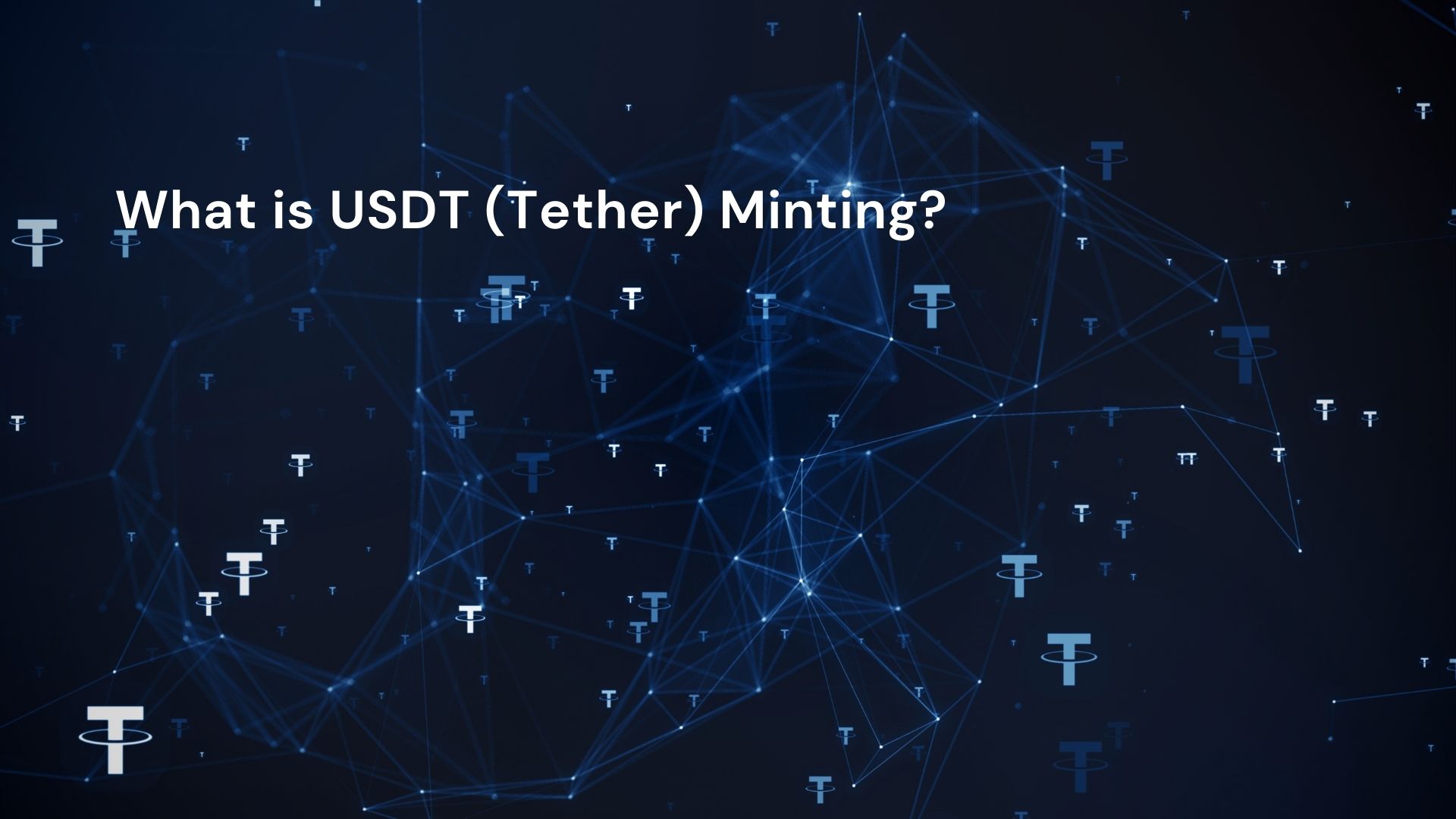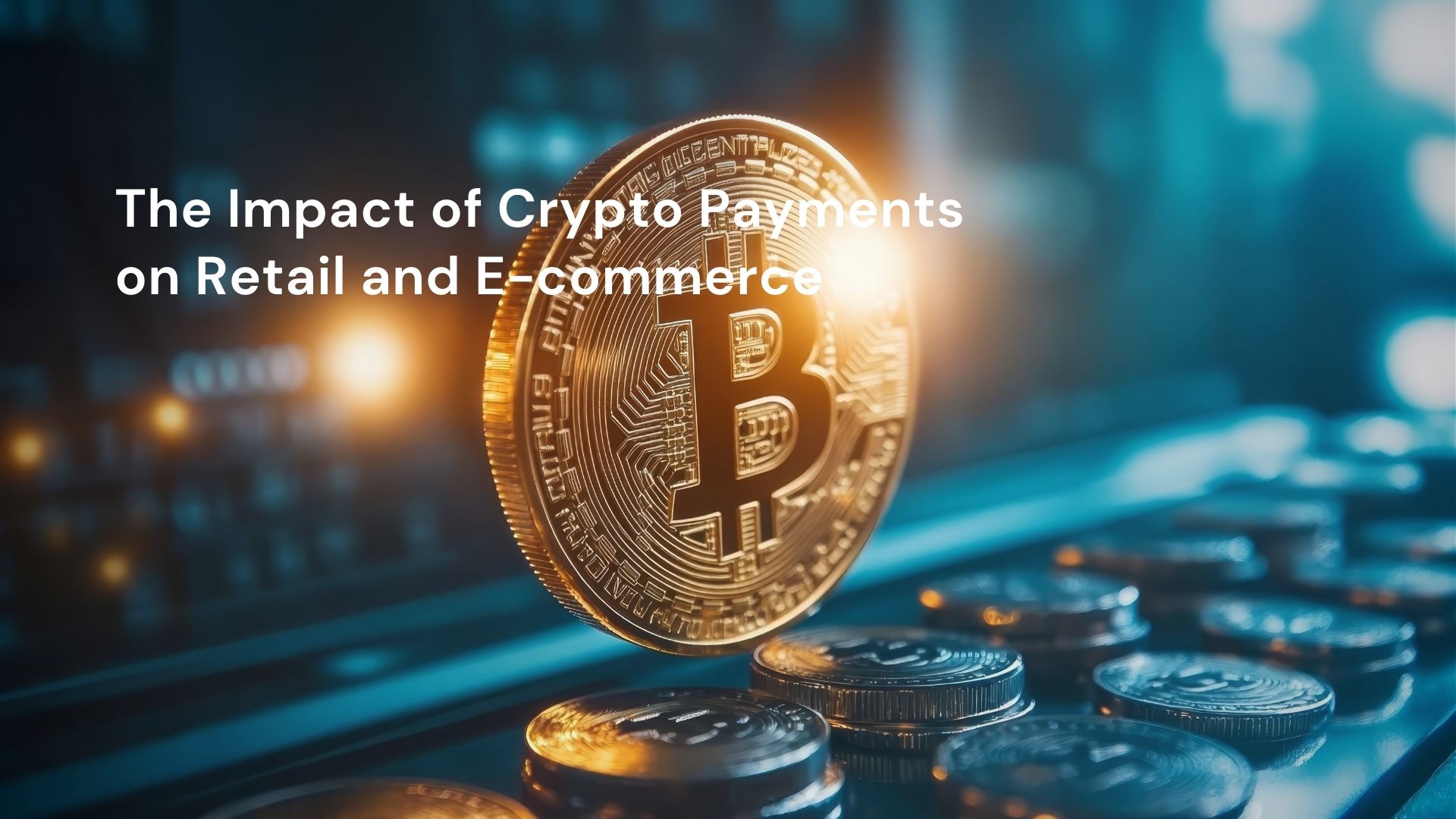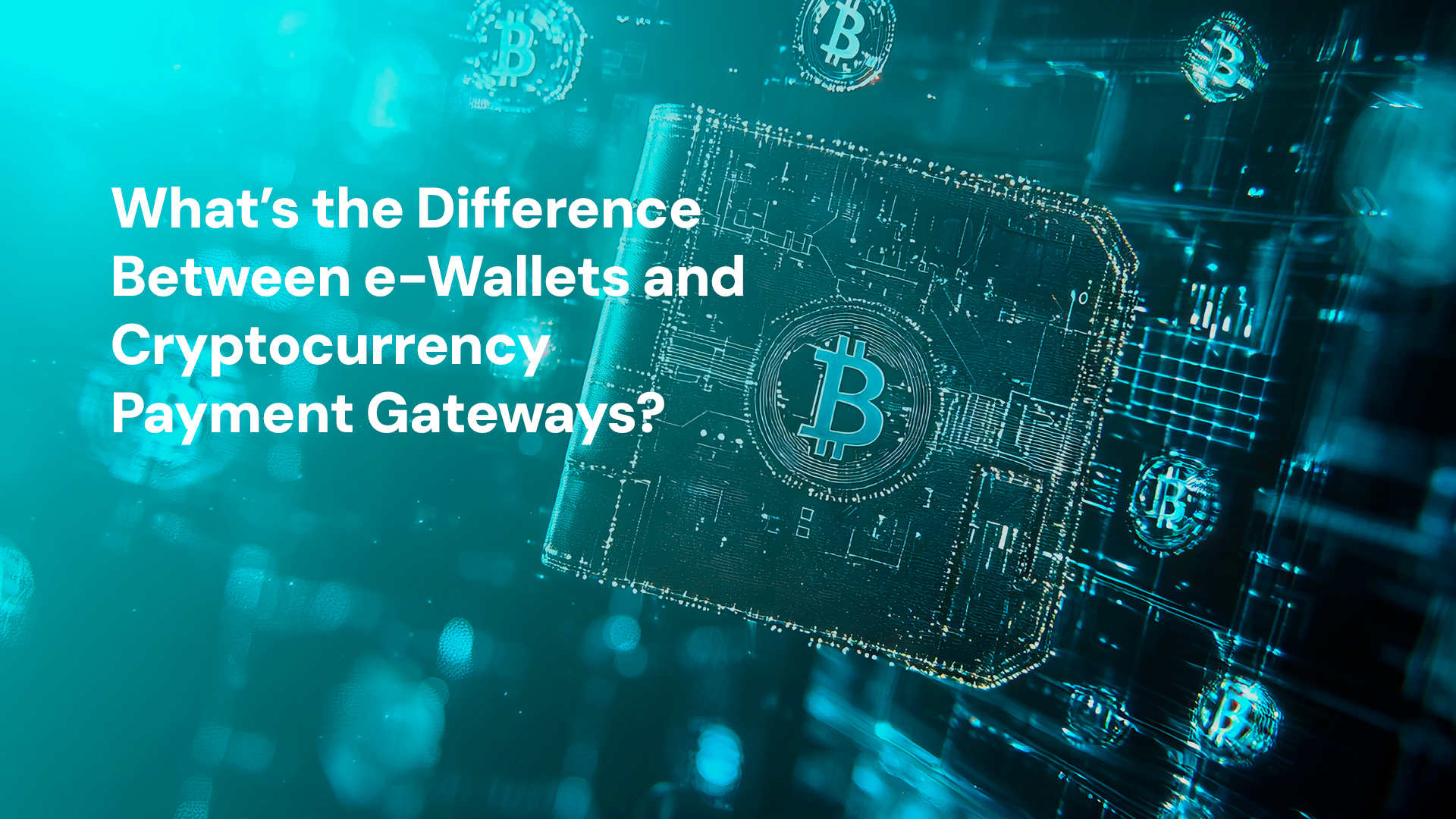COMPANY
Blog
Discover the future of payments on the Bitpace Blog – your destination for innovative payment gateway insights and the evolving landscape of digital finance. Our posts are crafted to explain digital transactions, offering businesses and tech enthusiasts a clear path through the complexities of blockchain and traditional finance integration.
The Rise of Bitcoin: The Numbers Don’t Lie
What is USDT (Tether) Minting?
Ripple’s RLUSD Stablecoin Approval: A Game-Changer for Cross-Border Payments
How Does Bitpace’s Multi-Currency Support Help Diversify Your Investment Portfolio?
The Impact of Crypto Payments on Retail and E-commerce
Security and fraud protection
Crypto payments improve security due to blockchain technology. Transparency and i…What’s the Difference Between e-Wallets and Cryptocurrency Payment Gateways?
E-wallets and cryptocurrency payment gateways have emerged as pivotal constituents in modern payment systems. Originating as software alternatives to physical wallets, e-wallets store various payment forms, including credit card details, debit card numbers, and bank account information. They utilise technologies such as NFC, MST, or QR codes to facilitate transactions, encrypting and securing the user’s data so it’s accessible only through valid login credentials, eliminating the need to carry physical cards or cash.
How Crypto Payments Are Reshaping the Travel Industry
The integration of crypto payments revolutionises the travel industry through improved efficiency, heightened security, and enhanced global accessibility. This shift significantly influences travel companies and consumers alike.
Bitcoin’s All-Time High Creates a $20 Billion Digital Asset Portfolio Success
Bitcoin recently achieved a significant milestone, exceeding the $100,000 mark on December 5th. This notable performance resulted in an all-time high of the Bitcoin price, driven by investor optimism and a surge in institutional interest.
This unprecedented rise has propelled Bitcoin’s market capitalisation close to $1.8 trillion, placing it among the largest assets globally. It now ranks seventh or eighth, depending on the source, surpassing traditional assets such as silver and major corporations like Visa, JPMorgan Chase, and Tesla. Currently, Bitcoin holds a market dominance of around 55-60% in the cryptocurrency space.









